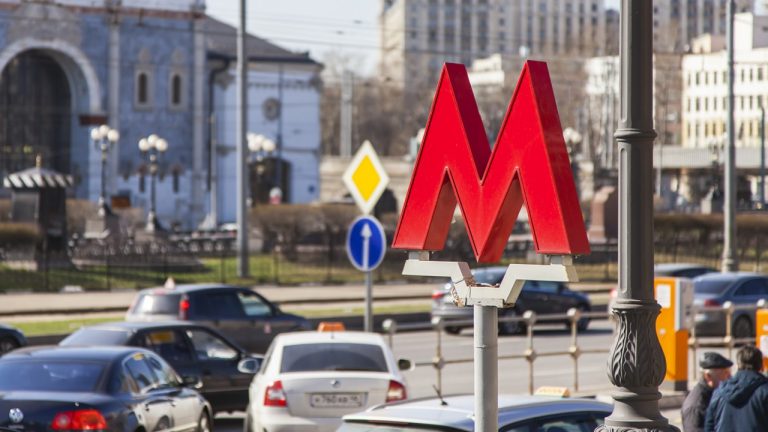Russia to Test Digital Ruble in 11 Cities, Moscow Subway

Russia’s capital Moscow and 10 other cities will host pilot tests for the digital ruble, Bank of Russia Deputy Governor Olga Skorobogatova announced. Over a dozen Russian banks are going to take part in the trials with real transactions and users scheduled to commence in mid-August.
Russia Prepares to Pilot Operations With New Digital Ruble
Financial authorities and institutions in the Russian Federation are gearing up to start testing the country’s central bank digital currency (CBDC) in actual transactions between real users. The trials are set to begin on Aug. 15.
Around 600 people and 30 companies will participate in the initial stage of the pilot, First Deputy Chair of the Central Bank of Russia, Olga Skorobogatova, unveiled at a press conference, quoted by the crypto news outlet Bits.media.
After verifying all operations conducted by the first group, the number of participants will be increased, she added. The tests will be carried out in 11 Russian cities, including Moscow where digital ruble transactions will be launched in the public transportation system.
The capital city’s subway has been a testing site for innovations, noted Maxim Liksutov, deputy mayor for transport. Local authorities plan to launch ticket sales for digital rubles in the Moscow metro and eventually introduce CBDC payments in other types of urban transportation, he added.
Earlier this week, Skorobogatova revealed that 13 Russian banks will join the digital ruble pilot. During the briefing, First Deputy Chairman of the Board of Sovcombank, Sergey Khotimsky, said that commercial banks are also going to compete with the digital ruble platform, elaborating:
We will try to do the same as it was in the case of cash, when banks created services and introduced mechanisms to make non-cash money more profitable and interesting. And we will continue to do so.
Khotimsky emphasized that Russian banking institutions would like the bank account to remain Russians’ main account. Officials have previously made it clear that the digital ruble, as the third form of Russian fiat, is meant to complement, not replace, paper cash or electronic bank money.
Legislation regulating the introduction of Russia’s central bank digital currency was adopted by both houses of parliament in July. Also last month, Russian President Vladimir Putin signed the digital ruble bill into law opening the way for CBDC payments in the country.
Do you think Russia will expand the digital ruble pilot in the coming months? Tell us in the comments section below.